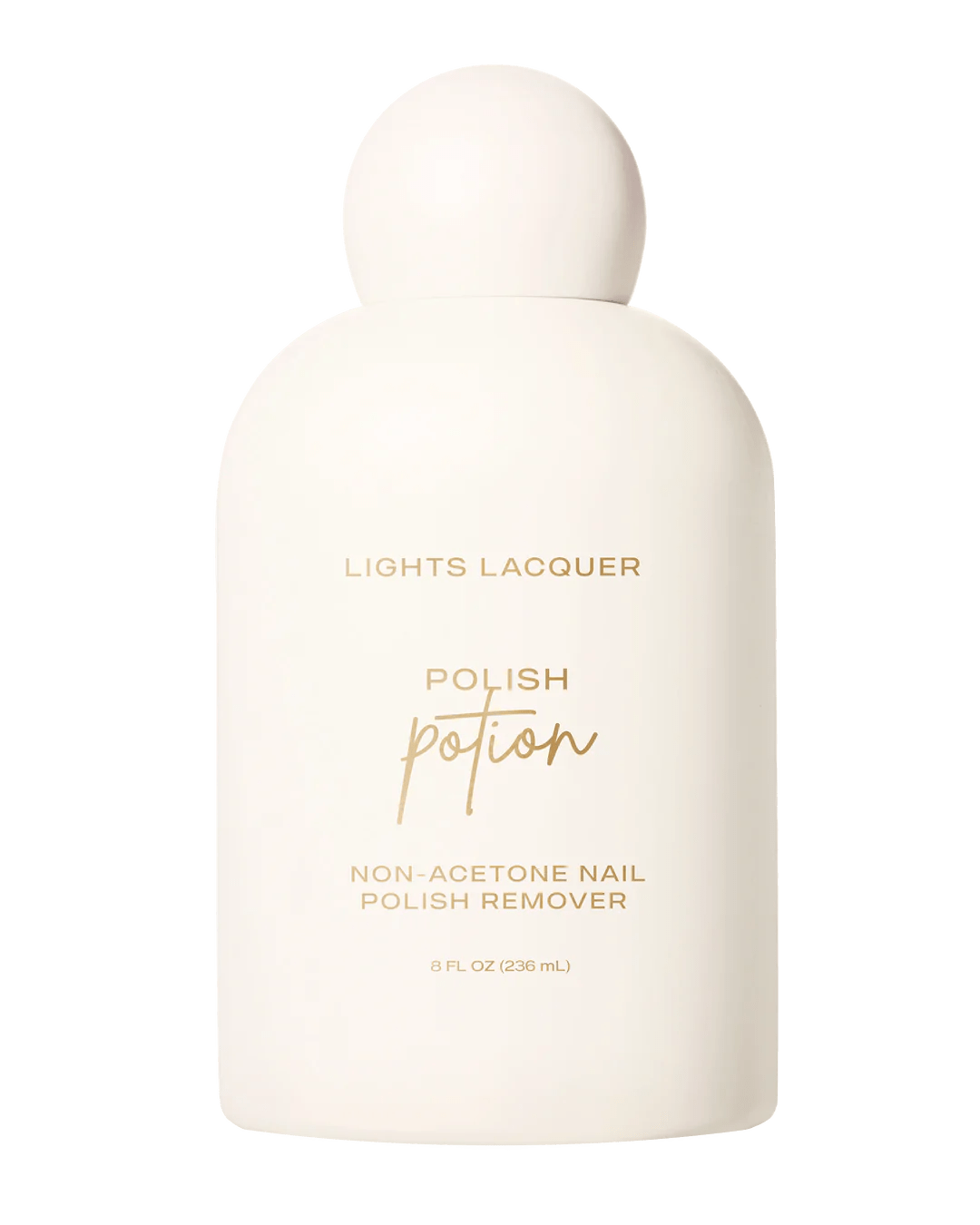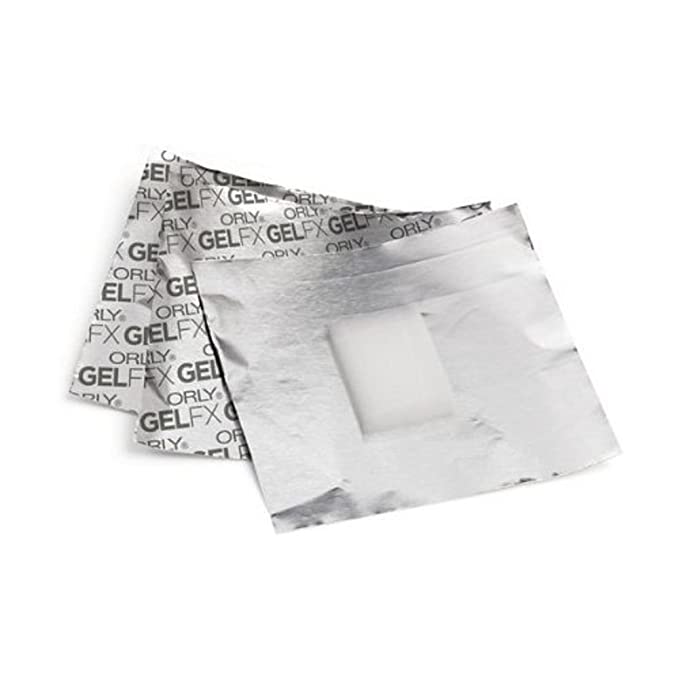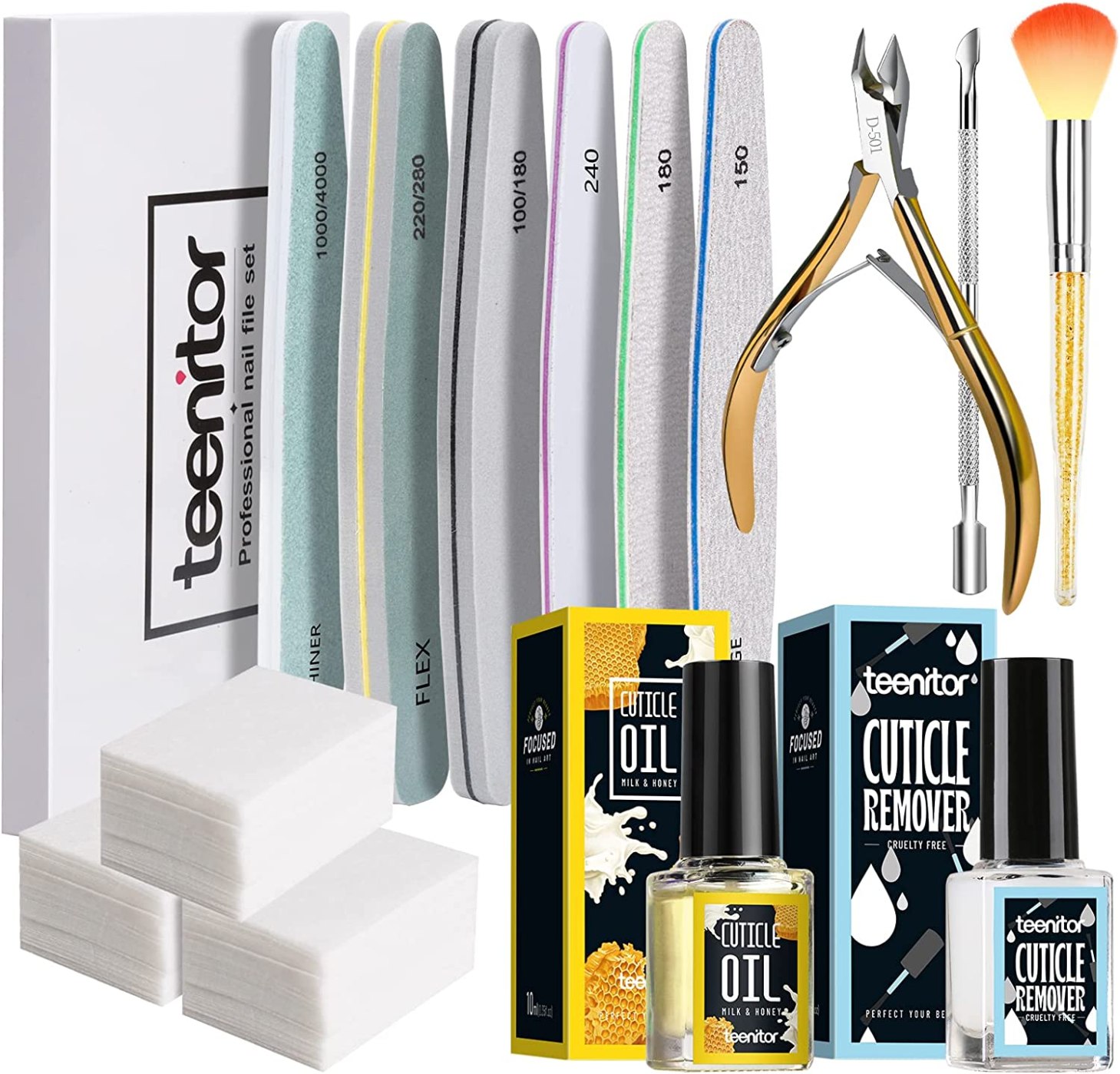What *Really* Happens To Your Nails When You Peel off All Your Polish (Hint: It’s Not Good)
A little corner of your nail polish starts to lift. Without even thinking about it, you go to pick off that one teeny piece. Fast forward 10 minutes and you're now sitting next to a pile of peeled polish, and your nails look like they've been through hell. We all know this isn't good for our nails, but how bad is it, really? According to celebrity nail artist Brittney Boyce, it's definitely not great.
"Your nail plate is composed of three different layers, with the top layer being tightly packed old nail cells, and the bottom layer being the newest and softest nail cells," says Boyce, who is the founder of press-on brand Nails of LA. "When you peel off polish, you’re peeling off a thin layer of the nail plate. If you do it repeatedly, you can thin out your nails, making them more prone to damage."
- Brittney Boyce, celebrity manicurist and founder of Nails of LA
- Julie Kandalec, celebrity manicurist and owner of Julie K Nail Atelier in New York
Your nails have between 150 and 200 layers, and according to Julie Kandalec, celebrity nail artist and educator, peeling off your polish removes the top three to 10 layers. The amount of damage you do depends on the type of polish you're wearing.
"Peeling off natural polish does not take off nearly as [many layers] as if you peel off gel polish," says Kandalec, author of Nail Art Design Book ($24). "The reason is that gel polish cures via UV light, so the base coat in gel polishes really gets into the nail layers and cures into the natural nail bed. For example, Gelish’s base coat [which is commonly used in salons] actually corkscrews into the nail bed, where the keratin in the nail lives, so when you remove it properly, it-un corks it out correctly, which is why it’s so important to remove gel polish properly."
She continues, "Natural nail polish does not cure the same way, so it's not going to damage the nail, however, it still removes some layers of your nail, when you peel your polish off."
{{post.sponsorText}}
I've peeled off my polish one too many times... now what?
If you tend to peel off your nail polish, please accept this gentle nudge to stop. But, if you're already dealing with some damage, there are a few easy things you can do to nurse your nails back to health.
"Keep the nails hydrated with cuticle oil and moisturizer," says Boyce. "Eat a balanced diet with a lot of minerals, vitamins, collagens, and essential fats. I’ve noticed that when my clients eat really healthy, their nails stay healthier."
And if you've pulled off your gel, you need to give your nails some time to heal before reapplying any polish. "Give your nails two to three weeks to rehabilitate before getting another set," says Boyce. "It takes time for your body to generate more nail cells."
You can also use nail strengthening supplements and serums.
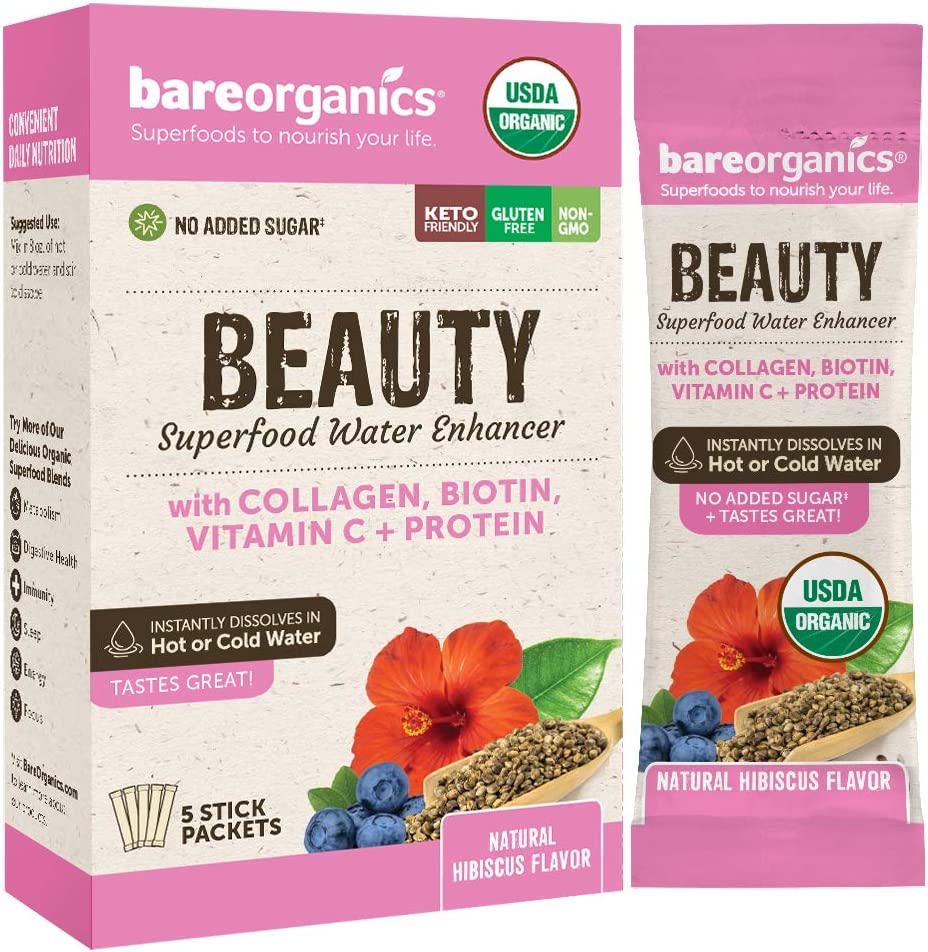
Boyce likes this powder that you can add to hot or cold water. “It has collagen, biotin, and other superfoods in it that are good for nails,” she says.
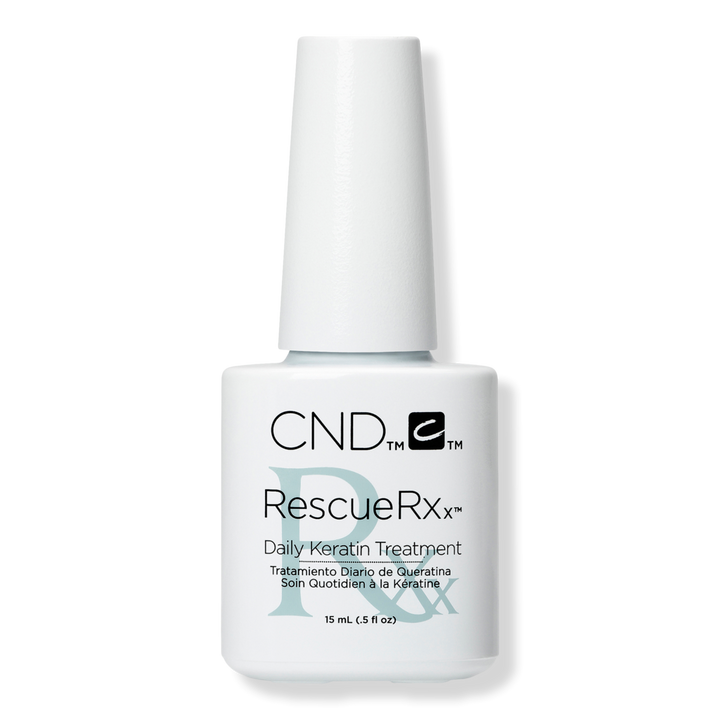
Kandalec is a fan of this treatment from CND. “It’s a keratin treatment for your nails,” she says. It’s designed to be massaged into bare nails twice daily. You can see results in one week, but are able to use it for up to four.
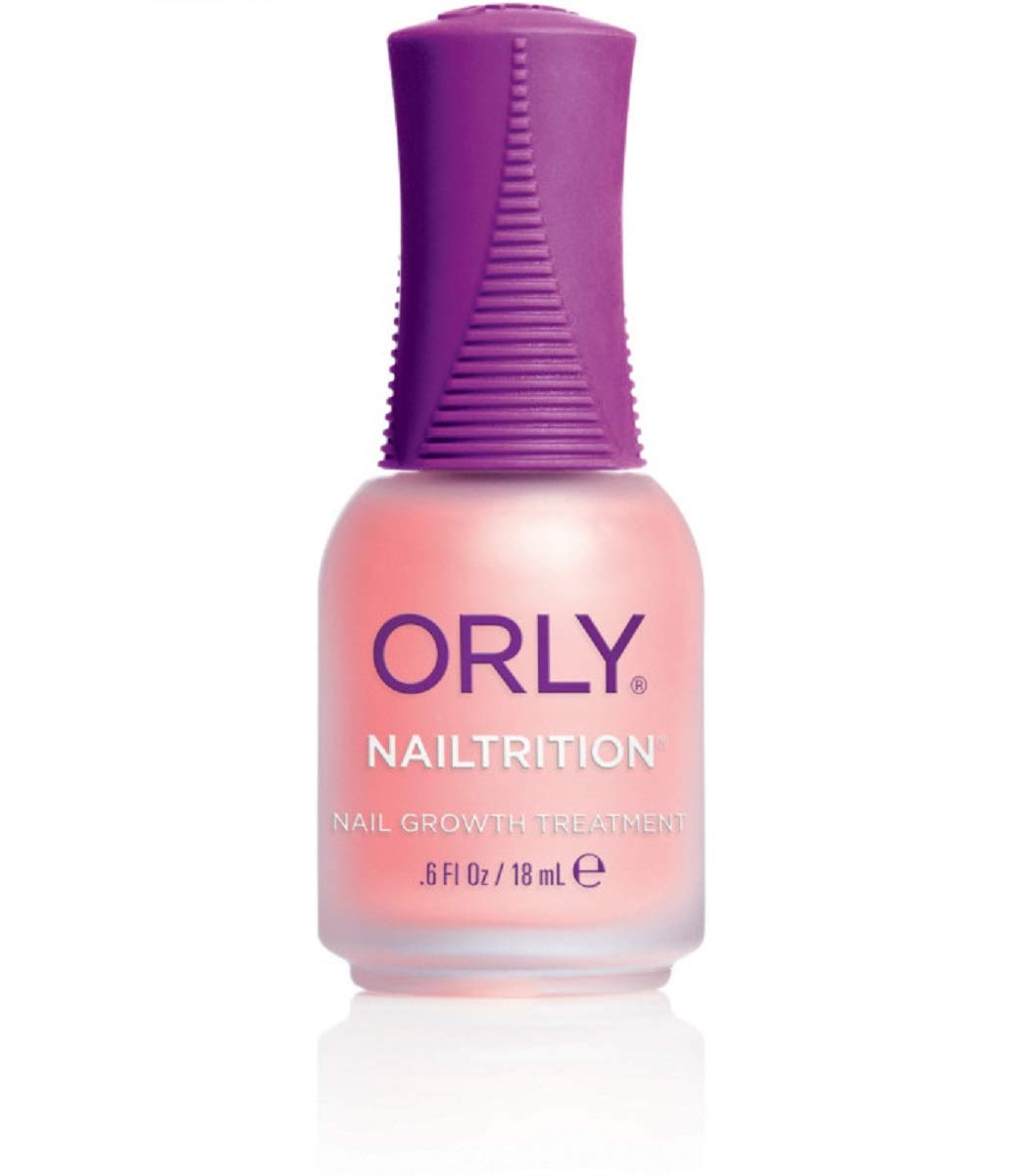
Boyce, who works with Orly, recommends the brand’s nail strengthener. “It helps rehab your nails over a week,” she says.
How to properly remove nail polish without damage
For regular polish, you can use acetone or non-acetone products to soak a cotton ball and then remove. Or if you're trying to figure out how to get nail polish off skin and nails sans acetone, there are natural methods you can try.
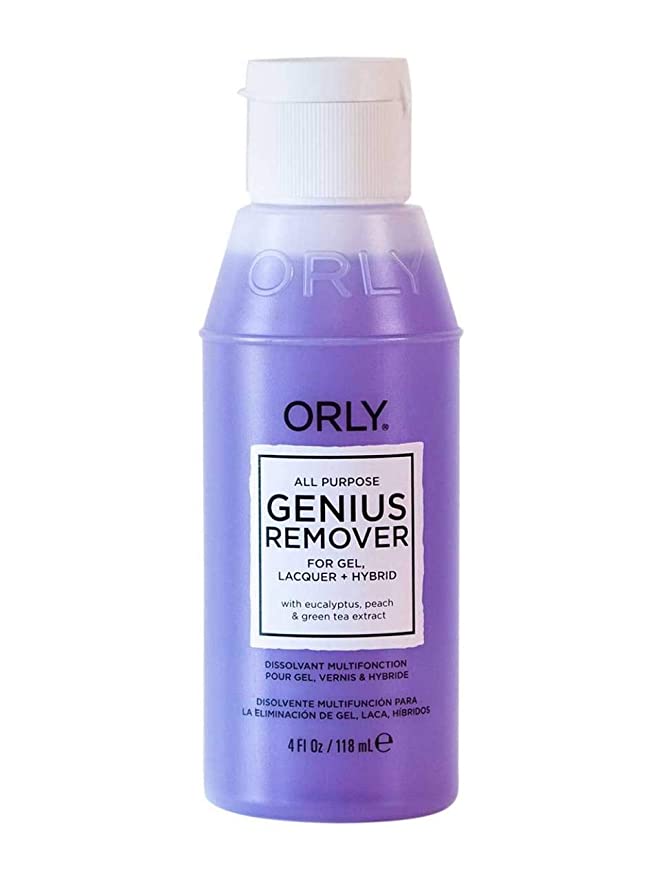
“While a lot of people think acetone-free removers are better and less drying, acetone-based removers work the fastest,” says Boyce. “Look for one that’s infused with hydrating and soothing ingredients like Orly’s Genius Remover. Then wash your hands and apply a cuticle oil afterward.”
For gel, Boyce says it's best to get them removed professionally. But if you need to, you can remove it at home.
"Typically I don’t recommend completely removing gel between sets–I prefer to fill them," she says. "To do so, I file a thin layer of the gel off, leaving the base coat, so this way the nail plate isn’t disturbed. Because no matter what, the removal process can be damaging and drying."
But if you need to fully remove the gel, follow the steps below.
1. File to start
"File the top slightly so the acetone works faster to soak off," says Boyce.
2. Apply acetone and wrap
Instead of soaking your nails in acetone, take one-fifth of a cotton ball, soak it in acetone, place it on the nail, and wrap it in foil. Alternatively, you can use a pre-made option like Orly’s Gel Foil Remover Wrap ($10) which has a square of cotton built into a small piece of aluminum foil.
3. Apply a warm towel and wait
"Place a warm towel over your hands for about 15 minutes," says Kandelec. "This helps contain the heat that your hands produce, activating the acetone work much faster. Don’t ever heat up the actual acetone as it is flammable:
4. Remove foil one nail at a time and scrape
"Working one nail at a time, twist and squeeze, and pull off the foil," says Kandelec. "Only one foil should come off at a time or the gel can re-harden as the acetone evaporates. Using a wooden stick, softly scrape away the gel towards the free edge only—don’t push back."
5. File to finish
"If any gel is left over, you can repeat the steps above or use a fine, 220-400 grit file to gently remove the rest of the gel," says Kandalec. "Buff gently with the padded buffer and cuticle oil to create a smooth surface." This set from Teenitor ($14) has everything you need.
Want to be the first to hear about the latest (and greatest) SHOP product drops, custom collections, discounts, and more? Sign up to have the intel delivered straight to your inbox.
Loading More Posts...
